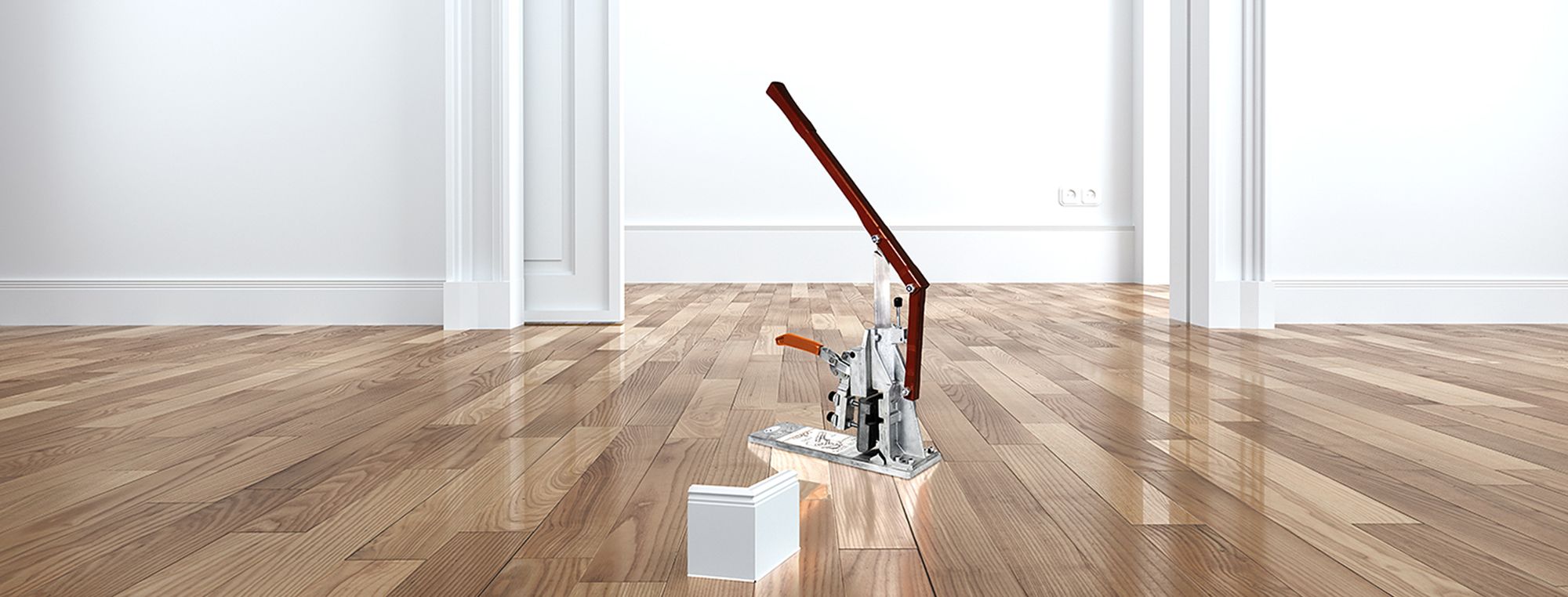FAQs Tools
Why should we always punch designer cover strips from the back (outside corner)?
This will ensure that the wearing layer of the cover strip will remain closed on the face in inside and outside corners, offering many advantages. Punching in the cover strips with the press-on inserts will allow the cover strips to be glued into the profiles easily and without tensioning.
Is it possible to use the Döllken punch also for wooden skirtings?
No, this is not possible. Firstly, punching requires even and vertical planes on the front and rear sides of the profiles, which is not guaranteed for wooden profiles. Secondly, a thin, elastic layer will be required on the front and back of the profile to create the hinge effect. This will not be the case for wooden or MDF skirtings.
Why does the punch cut through the skirting? Is the knife broken? Is it not correctly adjusted?
The knife may punch through the profile if the knife is incorrectly honed, the press-on block is maladjusted or the press-on surface of the punch is dirty.
Your responsible wholesale partner will send the punch to Döllken-Weimar for re-adjustment
Who can adjust the punch correctly?
Your responsible wholesale partner will send the punch to Döllken-Weimar GmbH for re-adjustment.
Where can I have the punch knife honed?
Your responsible wholesale partner will send the punch / knife to Döllken-Weimar GmbH for honing and, if needed, adjusting.
How can I determine the punching position for inside and outside corners?
The punching position for inside corners is on the inside edge of the wall.
To determine the punching position for outside corners, add 5 mm (thin profiles) or 11 mm (thick profiles, such as EP 60).
We recommend using the Döllken measuring template.
Click here for the Döllken punch operating instructions.
Why does the edge cutter not cut through the skirting cleanly?
This may have two reasons:
1. A blunt knife may not produce a clean cut. Ask your responsible wholesale partner to send the edge cutter to Döllken-Weimar for adjustment and to hone the knife.
2. Profiles must always be cut twice, since the first cut will always produce a slightly slanted butt joint. This means that the first cut must be 2 - 5 mm too long, followed by a second accurate cut. This will guarantee cut edges with accurate angles - fast and clean.




